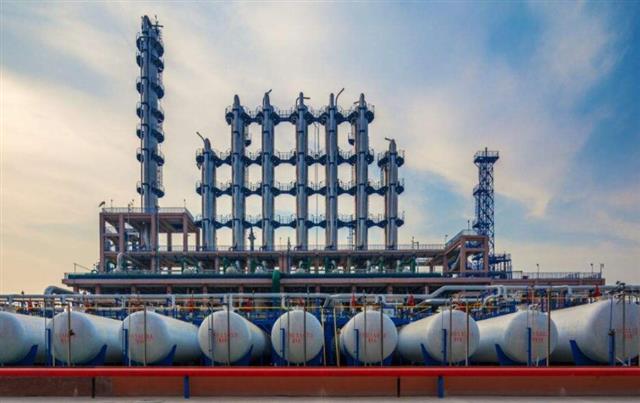
Hoshine Silicon Industry Co., Ltd yesterday said to start the construction of an annual 200,000 tons high-purity polysilicon production project in Xinjiang with a total investment of RMB 17.5 billion yuan.
The silicon-based new material industry integration project will be implemented by its wholly-owned subsidiary Xinjiang Central Hoshine Silicon Industry Co., Ltd.
The company stated that the investment is to further expand and improve the company's layout in the whole industrial chain of silicon-based new materials and improve the company's industrial scale and comprehensive market competitiveness by virtue of rich experience, technology accumulation, scale advantages and customer resources.
Recently, several silicon giants have successively revealed financing and production expansion plans.
On December 6, 2021, Tongwei Group's application for issuing 12 billion convertible bonds was approved, including 50,000 tons of silicon material capacity, which is expected to be put into operation in 2023.
On December 15, 2021, GCL-Poly announced to raise about RMB 4.139 billion yuan for the expansion of granular silicon production, and plans to be listed in domestic market at the same time.
On December 16, 2021, Xinyi Solar announced the establishment of Xinyi Silicon, with an initial production capacity of 60,000 tons. It is expected to be put into operation in 2024, and the production will be expanded to 200,000 tons in batches in the future.
On December 20, 2021, Daqo New Energy released a number of investment plans, including 200,000 tons of silicon material capacity, of which the phase I 100,000 tons is expected to be put into operation next year.
Asia Silicon, which will soon be listed on the Shanghai Stock Exchange's Sci-Tech innovation board (STAR Market), may contribute 60,000 tons of capacity in this link in the future.
It is conceivable that the market supply and demand structure of silicon material link will change significantly after 2013, with more fierce competition. The product differentiation advantages and cost barriers of enterprises will become the key factors determining the silicon market pattern, and the "price war" under the business cycle can not be avoided. However, full competition in the upstream is conducive to stimulate the installation demand of downstream power stations, which is beneficial to the overall development of the photovoltaic industry.


